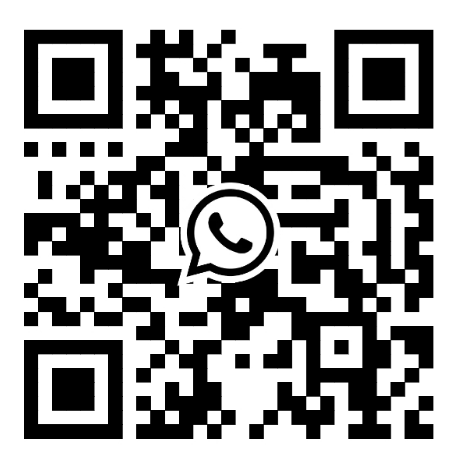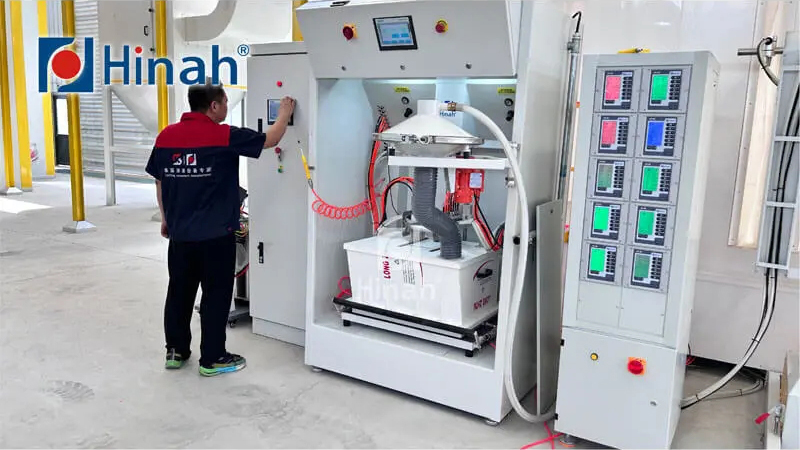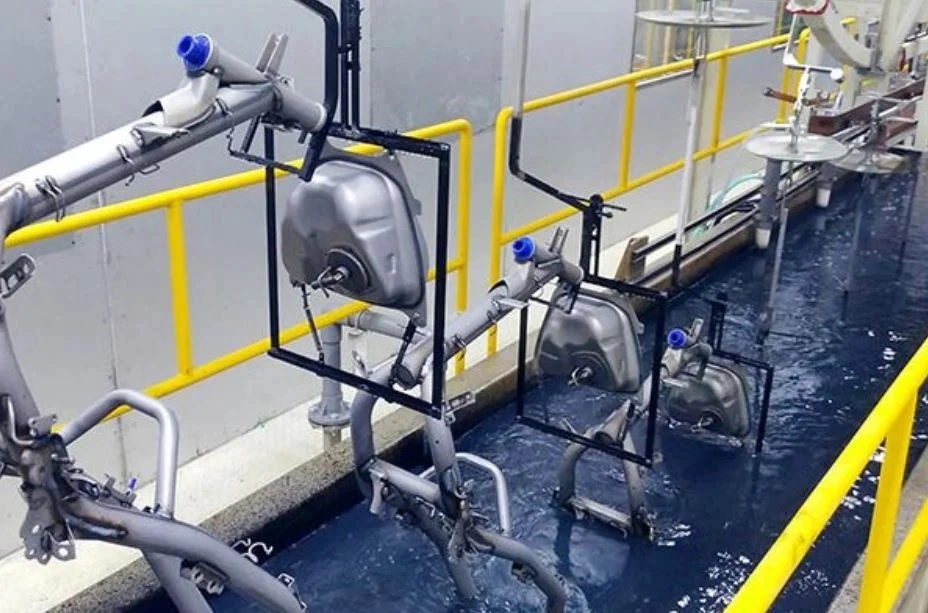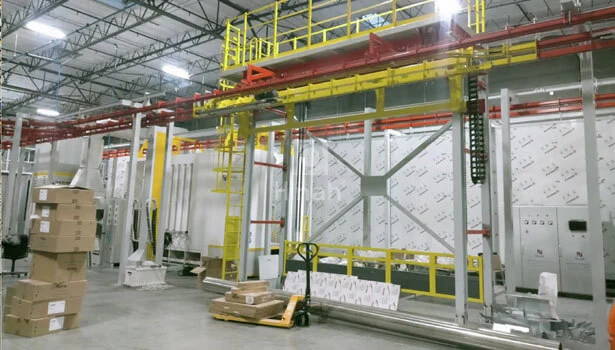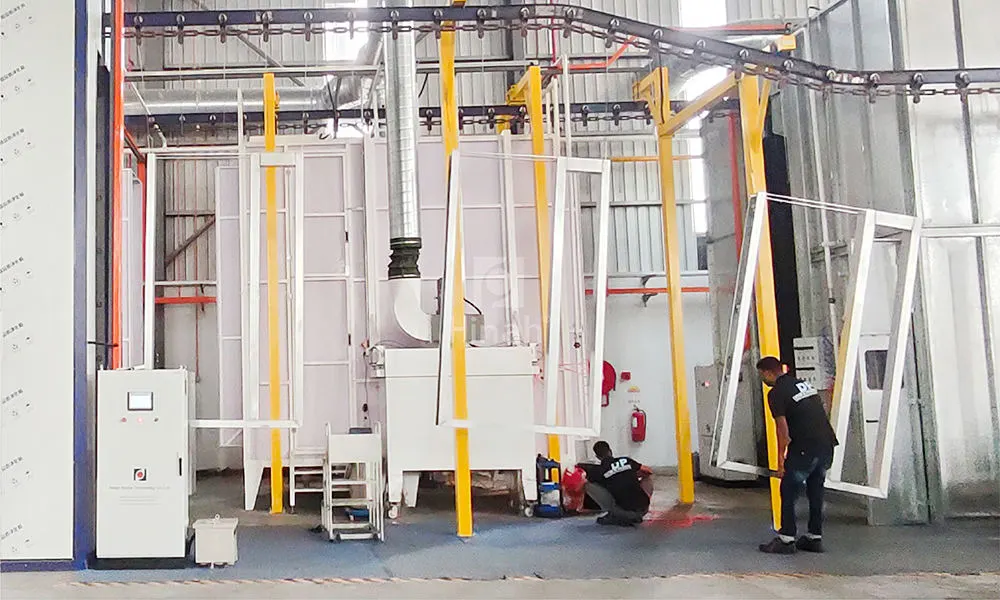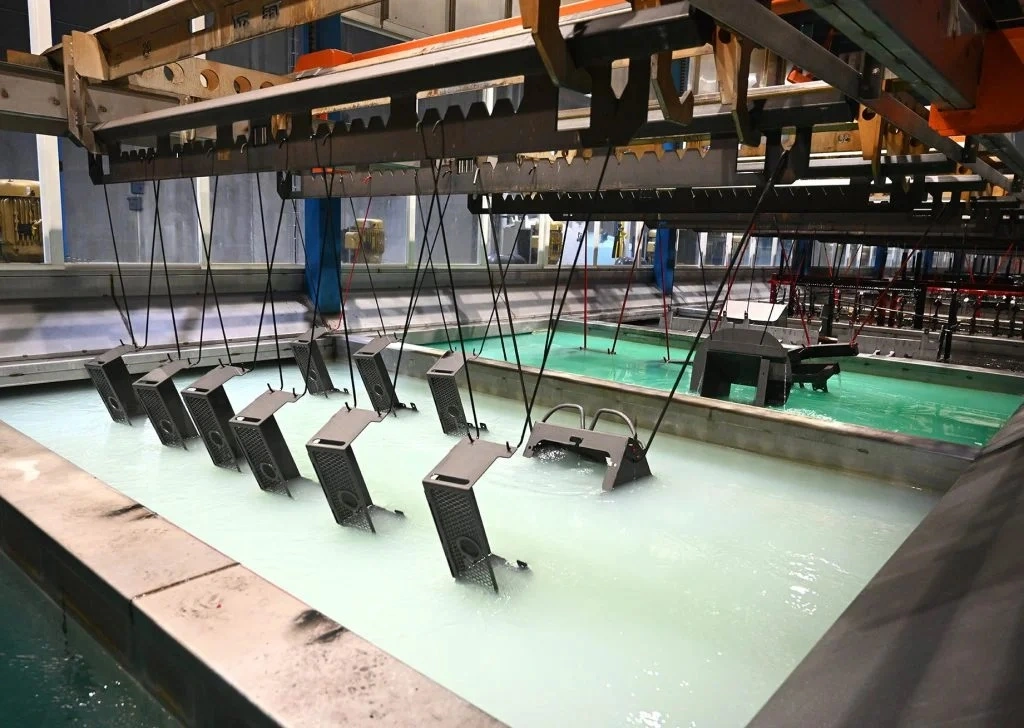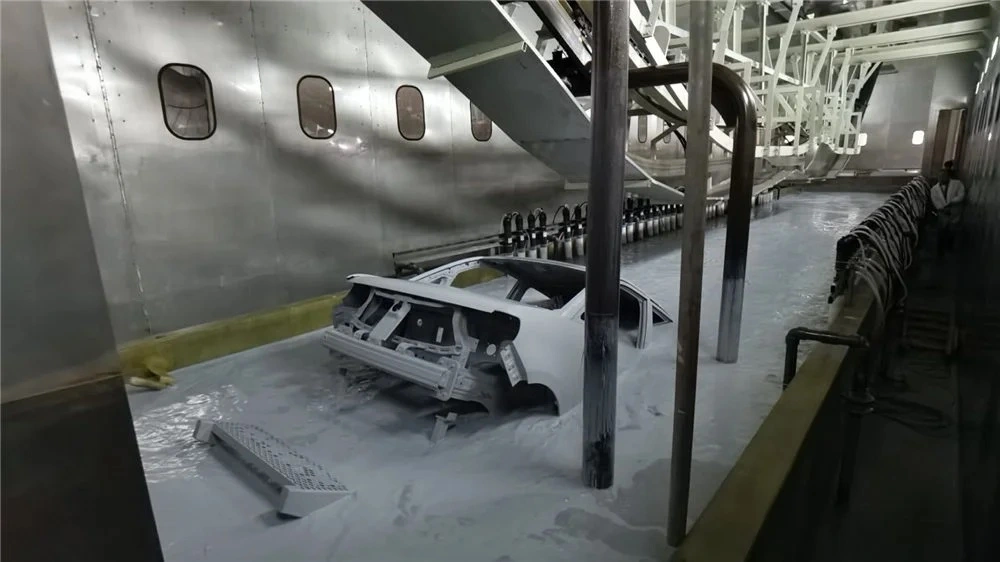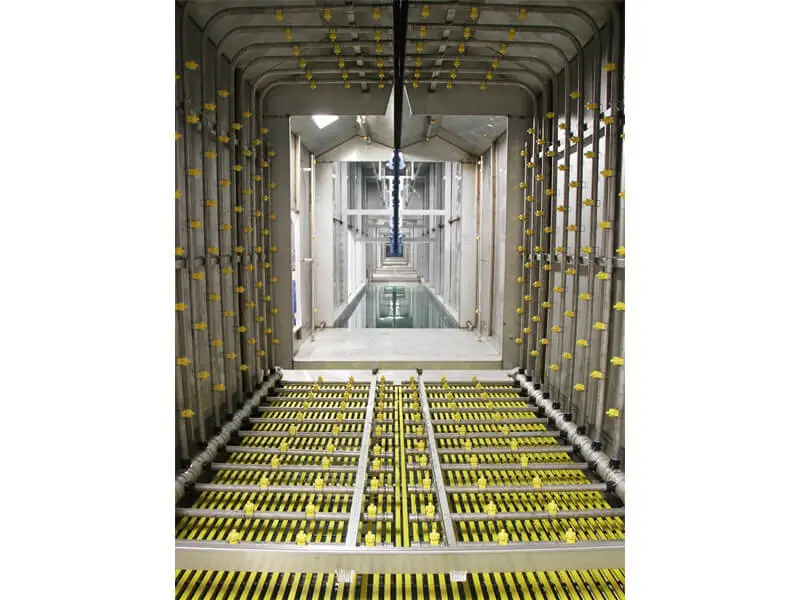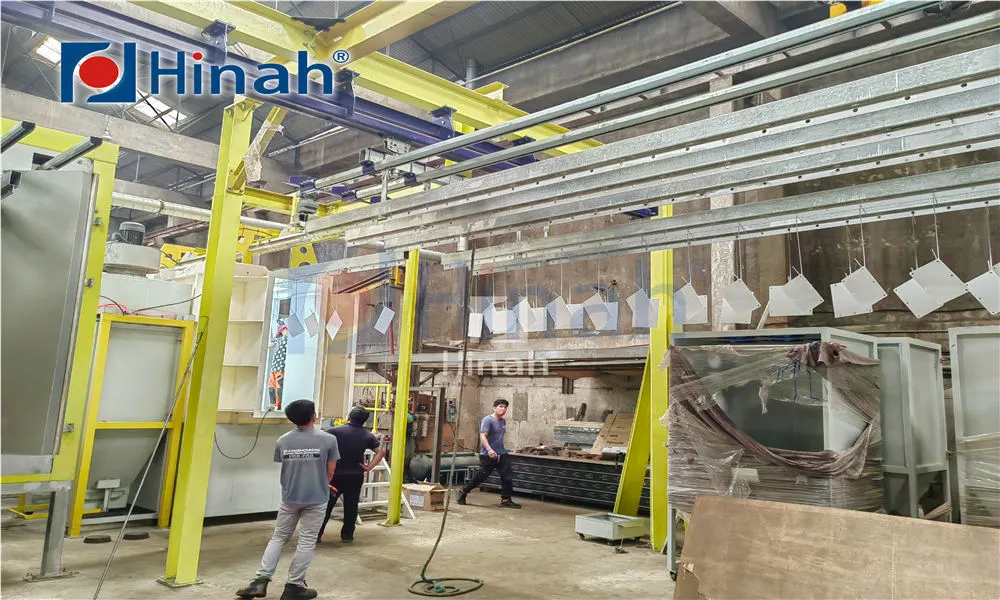In the world of industrial finishing, a high-quality powder coating line is the backbone of durability, efficiency, and aesthetic appeal for countless products. Whether you're an established manufacturer looking to upgrade or a new operation setting up shop, finding the right powder coating line for sale is a critical decision. The market offers a vast array of options, from compact powder coating machine setups to fully integrated, automated powder coating conveyor line for sale systems. Navigating this landscape requires a clear understanding of your needs, the technology available, and the investment involved. This article delves into the essentials of purchasing a powder coating system, exploring the different types of powder coating line configurations, breaking down powder coating machine cost factors, and highlighting common challenges you should be prepared for.
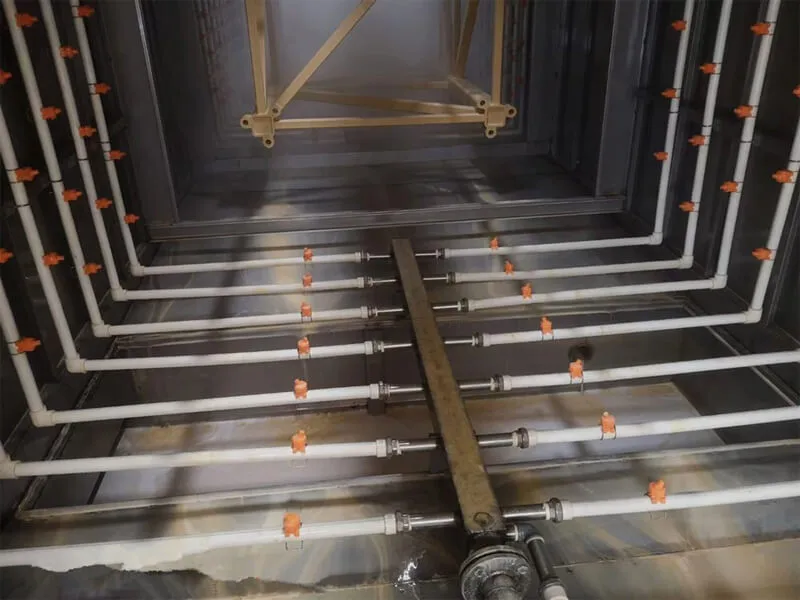
Understanding the Core Components of a Powder Coating Line
A powder coating system is far more than just a spray booth. It is a sophisticated process chain where each stage is crucial for achieving a flawless, durable finish. At its simplest, a powder line consists of three main stages: pre-treatment, application, and curing. However, most industrial systems are far more complex and are built around a powder coating conveyor line for sale, which seamlessly moves parts through each stage.
The typical components include:
Pre-Treatment Stage: This is arguably the most important step for coating adhesion and longevity. It often involves a series of spray or immersion stages for cleaning, degreasing, etching (for metals like aluminum), and applying a conversion coating (e.g., phosphate or chrome-free). This prepares the surface to accept the powder.
Drying Oven: After pre-treatment, parts must be completely dry before powder application. A drying oven ensures no moisture is trapped, which would otherwise cause defects.
Application Booth: This is where the powder coating machine—typically an electrostatic spray gun—applies the dry powder to the grounded part. The booth is designed to contain overspray and is equipped with a recovery system to collect and often recycle unused powder.
Curing Oven: After application, parts enter a curing oven. Here, the powder melts, flows, and chemically cross-links to form a hard, continuous film. The temperature and time in this oven are critical and specific to the powder chemistry.
Conveyor System: The powder coating conveyor line for sale is the literal backbone of the entire operation. It can be an overhead monorail, a power-and-free system, or an enclosed track conveyor, designed to transport parts of varying weights and sizes through the entire process without interruption.
Control System: Modern lines are managed by sophisticated PLCs that control temperatures, conveyor speed, and application parameters, ensuring consistency and repeatability.
Types of Powder Coating Lines Available for Purchase
When searching for a powder coating line for sale, you'll primarily encounter two configurations: manual and automated. Your choice will depend heavily on your production volume, part mix, and budget.
Manual Powder Coating Lines
A manual powder painting line is an excellent entry point for smaller shops, job coaters, or those with low-volume, high-mix production. Operators manually spray the parts within the booth. These systems are more affordable upfront and offer great flexibility for coating different part geometries. However, they are more labor-intensive and can have higher consistency variability between operators.
Automated Powder Coating Conveyor Lines
For high-volume production, an automated powder coating conveyor line for sale is the industry standard. These systems feature automated spray guns, often mounted on reciprocators or robots that follow precise paths to ensure even, consistent coverage with minimal overspray. The integration of the conveyor, ovens, and application is seamless, creating a highly efficient and reproducible process. While the initial powder coating machine cost is higher, the long-term savings in labor, material usage (through higher transfer efficiency), and consistency are significant.

Breaking Down the Powder Coating Machine Cost
The question of "how much does a powder coating system cost?" has no single answer. The total investment can range from tens of thousands to millions of dollars. Here’s a breakdown of the primary cost drivers:
System Size and Capacity: The physical dimensions of your ovens and conveyor, along with their thermal capacity (BTU output), are major cost factors. A larger line for bigger parts costs more.
Degree of Automation: A simple manual powder painting line will be a fraction of the cost of a fully automated powder coating conveyor line for sale with robotic arms and advanced recovery systems.
Pre-Treatment Complexity: A simple 3-stage wash (clean, rinse, seal) is less expensive than a 7-stage zinc phosphating immersion system. The choice depends on your quality requirements.
New vs. Used Equipment: The market for refurbished or used powder coating line for sale options is robust and can offer substantial savings. However, this may come with risks like outdated technology, potential maintenance issues, and lack of warranty.
Installation and Infrastructure: Often overlooked, the costs of factory space, electrical upgrades (often 480V), gas line installation, and compressed air systems can be substantial. Professional installation and commissioning are also critical line items in the budget.
Additional Features: Powder recovery systems, air make-up units for ovens, and advanced control software all add to the overall powder coating machine cost.
As a rough estimate, a small, manual batch system could start around $50,000, while a large, custom, automated powder coating conveyor line for sale can easily exceed $1,000,000.
Common Challenges and Problems with Powder Coating Lines
Even the best powder coating system can encounter issues. Being aware of these common problems can help you choose a more robust line and troubleshoot effectively down the road.
Inconsistent Film Thickness: This is often the result of improper gun technique (in manual lines), incorrect gun settings (KV, air pressure), or poor grounding. Automated systems largely eliminate the technique variable.
Poor Adhesion and/or Orange Peel: These defects almost always trace back to the pre-treatment stage. Inadequate cleaning, rinsing, or contamination in the chemical stages will prevent the powder from properly adhering to the substrate. Incorrect cure time/temperature can also be a culprit.
Contamination in the Finish: "Fisheyes" and craters are frequently caused by oil or silicone contamination, either on the part itself or introduced through the compressed air supply for the guns. Regular maintenance of air dryers and filters is essential.
Conveyor System Issues: The powder coating conveyor line for sale must be reliable. Common issues include chain lubrication contaminating parts, jamming, or tracking problems. Choosing the right conveyor type for your parts is critical.
Powder Recovery Problems: If the recovery system (often a cartridge-based unit) is undersized or poorly maintained, it can lead to poor powder fluidization, reduced transfer efficiency, and even a higher risk of fire or explosion within the collection hopper.
Curing Oven Inefficiencies: Hot or cold spots in the oven can lead to under- or over-cured parts. Proper oven design, insulation, and air flow are non-negotiable for quality results. The energy consumption of the cure oven is also a major operational cost.
Key Considerations Before You Buy a Powder Coating Line for Sale
To avoid these pitfalls and ensure you select the right system, follow this checklist:
Analyze Your Production Needs: What is your current and projected volume? What is the size, weight, and material of your typical parts? This will dictate the size and type of powder line you need.
Define Your Quality Standards: Are you coating consumer products that require a perfect Class A finish, or agricultural equipment where durability is more important than absolute perfection? This influences your pre-treatment and application choices.
Evaluate Your Space and Utilities: Do you have the floor space, ceiling height, and necessary utilities (high-voltage power, gas, compressed air, water, and drainage) to support the system?
Consider Future-Proofing: Choose a system with some room for growth. Can the conveyor handle more weight? Can the oven be extended? Is the control system adaptable?
Partner with a Reputable Manufacturer: Work with an established provider of powder coating systems. They can offer valuable guidance, robust engineering, reliable equipment, and critical after-sales support and service.
Investing in a powder coating line for sale is a significant step that can dramatically improve your product quality and manufacturing efficiency. By thoroughly understanding the different types of systems, the factors that influence powder coating machine cost, and the common operational challenges, you can make an informed decision that will serve your business for years to come. Whether you opt for a basic powder painting line or a sophisticated automated powder coating conveyor line for sale, the key to success lies in careful planning and choosing the right partner for your installation.

